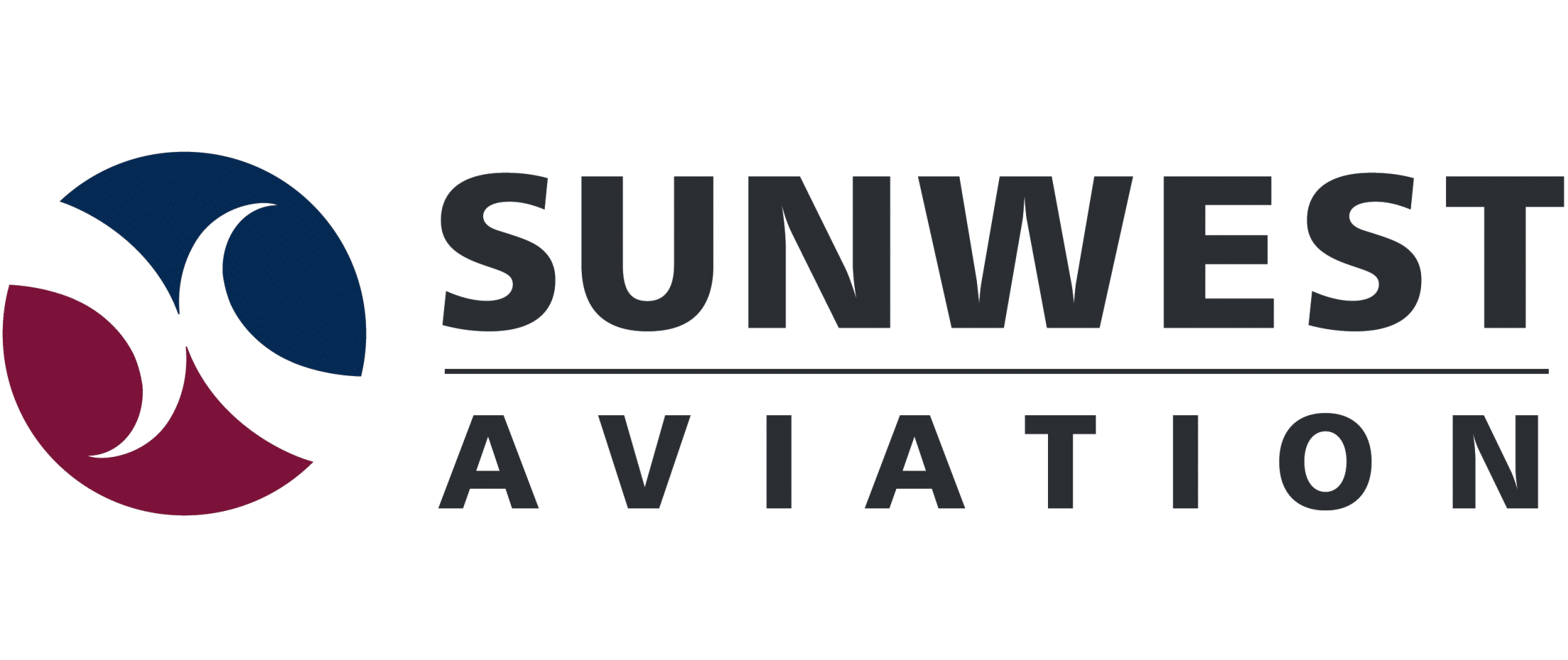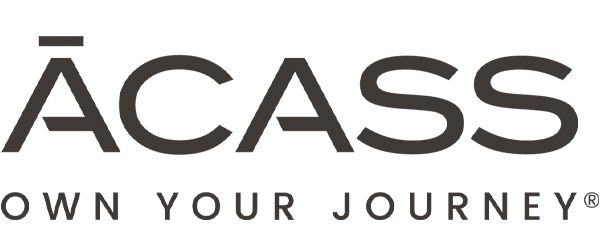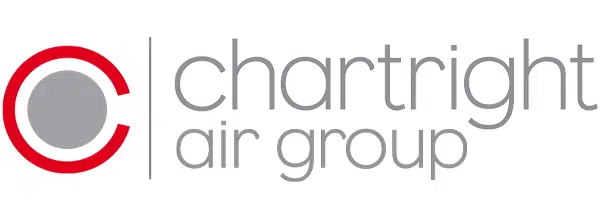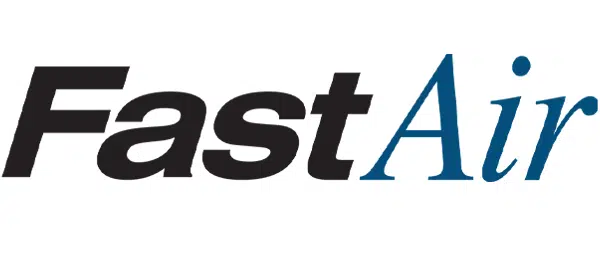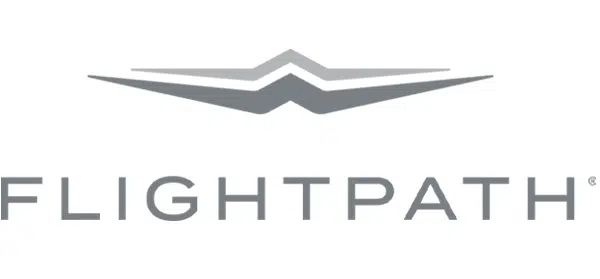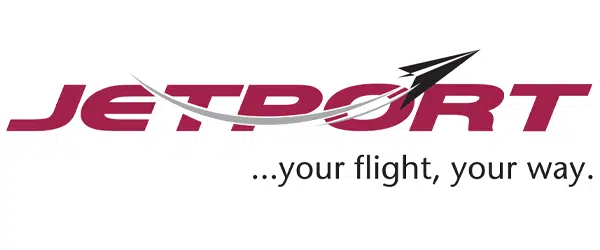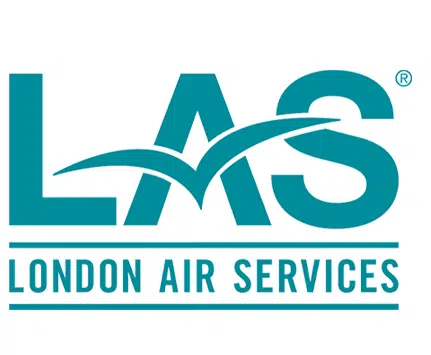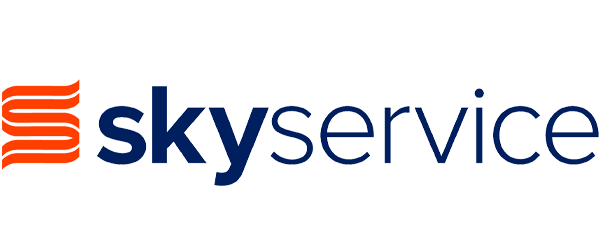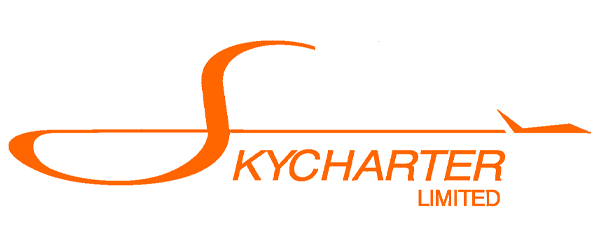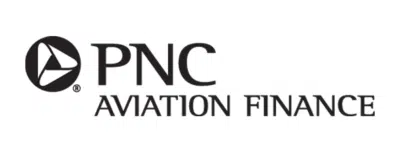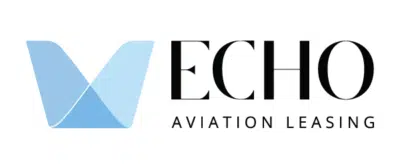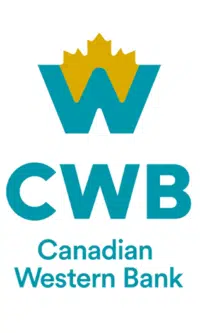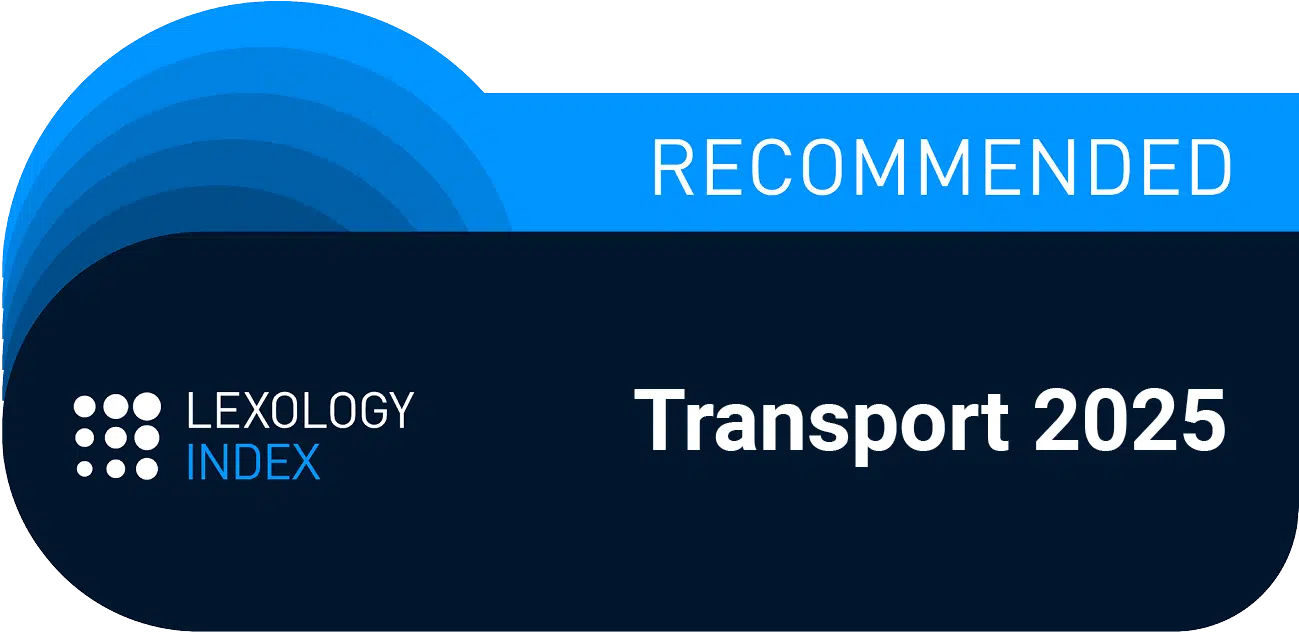Transportation Law Canada – Canadian Transportation Agency
Regulatory Modernization Initiative Submissions
September 6, 2017
INTRODUCTION
Clark & Company is a successor law firm to a practise that in the early 1950’s, commenced a focus on the aviation community in Canada. William F. Clark is the third successor to that practise and he has been providing aviation industry regulatory oversight for over 40 years.
Clark & Company continues that aviation and travel industry focus, with the prime focus of the firm for several decades being the introduction of new international carriers to Canada. There have also been extensive involvements with the business aircraft industry, with Clark serving for over a decade on the Board of the CBAA and continuing on several committees at the NBAA in the U.S.
He recently completed the maximum term on the Governing Council of the American Bar Association, Air & Space Law Forum and has been involved in the legal committee of ATAC throughout his career. On two occasions, he has served as Chair of the Air Law Section of the Canadian Bar Association.
Since its inception in 1982, Clark has been legal counsel to the Canadian Association of Tour Operators (CATO) which represents the interest of the Canadian tour wholesale industry with domestic and foreign governments, international tourist boards, the retail travel trade, commercial suppliers, the trade media and travelling consumers. For over a decade of that time period, Clark was also the Administrator of the Association.
Clark & Company is the only Canadian law firm limited to, and devoted to, the aviation and travel industries.
The commentary the firm makes in this submission is based on that long and extensive experience with the regulator, but also with knowledge that significant regulatory and legislation amendments would be required to accomplish many of the concerns expressed in this submission.
We would be extremely concerned if this current review was focused on merely modifying the present Air Transport Regulations (“Regulations”), due to the significant industry changes since the original implementation. A clean sheet review should be conducted, based on the present business models of the industry, and whether or not there are sufficient other consumer protection legislation in place in Canada that would allow the elimination of some of the consumer regulatory oversight in the present legislative regime.
PASSENGER COMPLAINTS
In the manner that the CTA presently processes passenger complaints, they are almost aiding and abetting the frauds being performed by certain passengers on air carriers. Unfortunately, the CTA continuance of encouraging processing of claims through their mediation and arbitration processes has become well known in certain communities, and as well as being totally at the expense of the airline industry. Due to the fact that the Agency provides those services without cost to the Applicant, the aviation community endures needless further processing on matters already clearly determined by the Agency as without merit, but on the basis that each individual situation must be thoroughly examined in order to ensure that no different evidence exists in that situation. The Agency does not provide any discretion to staff to make any such determinations but encourages its personnel to continue the process for some unknown reasons, other than at their own numerical count benefit.
A prime example would be obvious “screen scraper” frauds being exercised widely on the scheduled airline industry. The CTA in Decisions has clearly indicated that where the fare is “to good to be true” that some bookings by multiple people on seldom travelled fifth freedom routings, over the home country of the carrier, need not be honoured by the carrier, provided it meets certain refund or replacement of travel guidelines. Notwithstanding a carrier response that it is has complied with those CTA guidelines, and the obvious fact that the “bookings” were made by professional screen scrapers, CTA staff continues to encourage that the complainant consider and file for mediation. With no cost to the complainant, this results in additional costs to the airline community, which the Agency is alleging servicing and assisting.
Recommendation:
- Staff be granted authority to utilize Stare Decisis based on previous CTA decisions, and completely dismiss complaints on that basis. Most importantly, the Agency should not be encouraging complainants to continue the process without cost to them, and solely at the expense of the airline industry.
- Most importantly, even at the initiation level of a complaint, charges should be exacted by the Agency for the processing of all complaints. One is incapable of even protesting a parking ticket without posting a fee for the publicly funded process.
CHARTERS & ADVANCE PAYMENT PROTECTION
As acknowledged in the Consultation Paper, less than 1% of international movements are now conducted by the outmoded charter regime.
However, having long been involved during that regime on behalf of both carriers and tour wholesalers, and as long time counsel to the Canadian Association of Tour Operators, we would submit that at no time was real protection afforded by this regime to the tour operators. This was due to several factors in the Section 65 requirements.
Tour operators could not “trust” the regulator as to whether or not their specific programs were protected under the letters of credit or other security, due to the fact that the air carrier provided blanket financial coverage, and individual approved programs were never specified. All of the major risk tour operators completely discounted any reliance upon this system, even at its peak, and merely paid the air carriers on a per leg basis subsequent to performance, notwithstanding the statutory 7 day prepayment requirement.
And there were very few claims under the system, even after the major failures. Various other financial guarantees and consumer protections rose to the occasion on each situation.
Additionally, the financial community always had difficulty with the prescribed CTA format, especially with the most commonly used protection, being the Letter of Credit. We would suspect that there are few financial institutions now familiar with and willing to issue that document.
With the vast majority of consumers now making bookings, even on charters, through their credit cards, which afford a significant level of protection, and with the vast majority of Canadian consumers booking through the three provinces that have travel industry protection in place, and with the insignificant volume of charters being protected pursuant to Section 65, it is time to eliminate this outmoded and unneeded regulatory oversight.
This oversight is a prime instance of our previous statement regarding elimination of outmoded regulatory burden. This increases due to the Consultation Paper suggesting that the Regulations “. . . as they relate to charters and advance payment protection, be updated to reflect today’s reality?” As stated previously, outmoded and under-utilized regulatory burdens should be eliminated.
Recommendation:
- Consider eliminating the undue and unnecessary administrative hassle caused by CTA oversight over charter payment protections, including those enumerated under Section 65.
LICENSING CHARTERS & ADVANCE PAYMENT PROTECTION
While we may agree that there are instances which may justify approval of wet leasing among licensed air carriers, especially in the domestic situation, we would submit that code-sharing is such a common industry practise, that regulatory approval is no longer practical nor justified. We would agree that a continuation of the full disclosure requirements will be beneficial to the consumer, but filings and approvals on code-shares have long surpassed their utility on a consumer protection basis.
And as indicated in the insurance section of our comments, we have never understood how added protection is provided to any consumer by requiring named insurance being issued by participants in code-share or wet lease situations, when both carriers are licensees of the CTA and have filed full insurance coverage in the unique CTA format.
Recommendations:
- Consider eliminating the requirement for obtaining pre-approval by the CTA of international code-share arrangements.
- Consider eliminating the requirement for operating carriers and marketing carriers to add one-another as additional insureds to the other carrier’s insurance certificate as a condition of permitting code-sharing and wet leasing.
INSURANCE
No publicly available air carrier operating in Canada is allowed to operate without insurance being provided, and not due to any regulatory oversight. Many factors in the operation of a commercial air service require confirmation of insurance, with the prime requirement being by any financing arrangement that an air carrier has in place, either on its operations or more particularly, on its aircraft.
While appreciating from a public policy basis that it would be a public relation disaster if an air carrier suffered a catastrophe in Canada where it did not have adequate insurance, due to the fact that the regulatory oversight was eliminated, we question the significant time and effort by all parties involved in confirming that insurance.
Firstly, we acknowledge that the present limits established by the CTA are extremely low and we will leave it up to the insurance industry to give the CTA any indication of appropriate new limits.
However, significant guidelines or latitudes should be issued in regard to the acceptance of certification. Firstly, the CTA is one of the few regulatory authorities requiring the issuance of insurance certificates in the CTA’s own unique certificate format. Recently, we were informed by a major U.S. carrier that on renewals, it was required, due to various commercial and regulatory pressures, to issue nearly 5000 certificates on renewal. And they acknowledge that common form insurance industry certificates were issued to the vast majority of those facilities, suppliers, etc., in short order. The regulatory authorities with their unique format were secondary on their list.
Also, negotiations with the underwriter industry have now become last minute negotiations with finalization of coverage often only occurring a day or two before expiry. Often, we view short term coverages in order to finalize those negotiations. Where a certificate has not been filed on time, regard should be made by the Agency to the activity of that particular carrier, especially foreign operators. The Agency is in a situation of being able to deny an application for an operational permit where insurance has expired. There is no risk to the Canadian consumer if there are no present applications for operations.
We provide a service to our carriers without cost, to renew and continue their insurance certification with the CTA. However, in providing that service, we experience numerous difficulties with CTA personnel in miniscule “deficiencies” on certificates filed.
TRANSPORTATION LAW CANADA
The CTA requires under its statutory format, that all foreign carriers, in essence, file a false certificate. All foreign carriers are insured for domestic operations in their home countries and therefore, the majority of the certificates are issued indicating both domestic and international coverage. If filed, that certificate is refused on the basis that the foreign carrier is not licenced to conduct flights domestically in Canada, and therefore the certificate is invalid.
We also meet constant refiling requirements due to lack of percentage participation being included. As lawyers, we have never been able to figure out why it is of concern to the CTA as to whether or not the certificate issuer, who has committed to the total coverage, has laid off some of the risks by reinsurance. Even the air carrier that is the beneficiary of the certificate, has no privity of contract against any of those reinsurers. And definitely, the CTA has no privity of contract, or right to pursue the percentage participation participants, under any of the underlying reinsurance policies.
We have never heard of a home owner requiring revelation of the percentage participation on their homeowner insurance policy, even though the majority of that market is also reinsured through various insurance markets.
Certificates are issued listing coverage for “all” in the carrier’s fleet, and then they also often provide a schedule of their aircraft. Again, the certificate will be denied on the basis that including both is an error in the prescribed format.
However, our most common exchange is in regard to the CTA requirement that the Certificate of Insurance be in the exact corporate name contained on the license issued to that entity. The commercial world is very relaxed regarding corporate names and misspellings, or lack of use of the corporate conjunctive (Ltd. or Inc.). Issuing a certificate in the common name of the carrier is a legally binding document on the issuer of that document. The aviation industry has continued to honour determinations issued by the Agency over the name of Sam Barone, who is a persona that does not exist at law. Similarly, the CTA should have some latitude in this name issue and allow certificates filed on behalf of United Airlines, and not reject them even though the license name is United Air Lines Ltd.
And as detailed previously, we fail to understand the requirement for named insureds certificates being filed on various regulatory processes where both carriers are licensed by the CTA and with certificates in the CTA format already on file. This also arises in the business aircraft industry where due to unavailability of aircraft, operators often interchange trips in order to accommodate their customers. Again, the CTA, through its enforcement officers, require business aircraft operators to provide named insurance certificates with all possible aircraft management companies that they anticipate utilizing on subservice operations. One doesn’t have to have one’s neighbour named on his car insurance for the day you lend him your car.
Recommendations:
- Consider eliminating the CTA’s unique insurance certificate format
- Consider reviewing CTA’s practice to accept that a licensed foreign air carrier can be insured for domestic carriage pertaining to the carrier’s country of origin
- Consider eliminating percentage participation requirement on insurance certificates
- Consider eliminating the practice of rejecting certificates due to the indication that “All” aircraft are covered along with the inclusion of a list of the air carriers fleet. If the CTA intends to retain its unique insurance certificate format, it would be most sensible to have a box indicating that “the entire fleet is not covered’, and then directing the insurance broker to include a list of covered aircraft.
- Consider removing the pedantic and purely bureaucratic requirements concerning the naming conventions on insurance certificate
- Consider eliminating the requirement for operating carriers and marketing carriers to add one-another as additional insureds to the other carrier’s insurance certificate as a condition of permitting code-sharing, wet leasing, and substitutive service in the business aircraft industry.
BUSINESS MODELS
It is this area that gave rise to our introduction comment that due to the vast changes in the business models in the industry, a complete revamping of the regulatory structure is required, rather than a tinkering with the regulatory structure. This review is long overdue.
Over the last three decades, we have been approached by at least three successful aviation business models that have been developed in other parts of the world, and all of which are still thriving in other parts in the world. None of these business models have been made available to the Canadian travelling consumer, or the Canadian shipping public, primarily due to the Canadian control requirements of Section 55 of the Canada Transportation Act. Partially due to the lack of magnitude of our country’s aviation demands, as well as the geographic spread of our population, in order for all of these models to be effectively introduced to Canada, they require integration, both operationally and financially, with the successful business models being operated in other countries, and primarily those being operated by U.S. corporations up to our borders.
Canadian consumers at the present time have not access to any ultra-low cost Canadian scheduled air carriers. Based on our review of various proposals for the Canadian based ultra-low cost carrier (“ULCC”) which has been a very successful model in many parts of the world, it is our opinion that the Canadian public is not likely to have access to that business model, even with the recent reduction by the Minister in the de jure control level. The Canadian regulators are under the misimpression that entities will provide financing and their expertise, and allow the benefits of their investment, but more importantly, their expertise to be shared by the balance of the investors. Those that have been successful require control due to their experience with the business model, and will not consider investments where they do not reap the entire benefits of the commitment they make to the operation.
The Canadian travelling public does not have the advantage of fractional business jets being available to them on a private operational basis. While admitting that the demand of this service is limited to high net worth individuals and significant corporations, they have had to utilize U.S. fractional operations. This limits their ability to utilize these aircraft to a north/south operational basis only, and not between points in Canada.
And the final business example we would provide is that of the integrated courier system being conducted primarily on a transborder basis. All U.S. based courier systems are required to create extensive and expensive “relationships” with Canadian aviation operators, in order that the Canadian public has access to what we now consider as an everyday business necessity, of having our documents elsewhere in the world by noon tomorrow. In not being allowed to operate an international integrated basis through or between Canadian points, increased costs are incurred and these are passed off to Canadian consumers, as can be verified by the comparison between U.S. and Canadian shipping costs on their systems.
Recommendation:
- Consider streamlining the regulatory approach with the above noted business models in mind, including ULCCs, domestic resellers, fractional ownership and exemptions for parcel services.
CANADIAN OWNERSHIP & CONTROL
As stated previously, it is our opinion that the recent announcement by the Minister will have no effect on Canadian industry. As indicated, any foreign investor with expertise in the particular segment of the aviation industry, making an investment in a Canadian operation, desires complete control over that operation in order to ensure that their proven business model is created and continued in the Canadian operation, and they receive the rewards of that experience. They are not in the business of giving away their expertise for the financial benefit of others.
And the de facto control requirement of Section 55 will continue to be the barrier to any advancement on Canadian consumers receiving these new business models.
Firstly, we must point out that the Canadian aviation industry is somewhat skeptical in regard to the Agency’s past practises on Canadian control. The day after the American Airlines investment in CP Air was allowed, CP Air could not even change a fare between Toronto and Ottawa without Dallas approval. And the industry knew that.
And the industry is well aware of the significant controls that were placed on Air Canada for an extensive period of time after the reorganization in 2003 by foreign financing institutions, GE Capital in particular. These were all allowed by the bureaucracy.
But woe to the three plane operator in the middle of British Columbia seeking a little financial help from one of his perennial rich American customers in order to expand his operation. Denied.
More frustrating is the extent that applicants, as well as personnel in FED, are sent to ensure that no foreign control is exercised by a minority shareholder. While the Guidelines provides parameters considered by the CTA in the de facto review, it is this continuing proof requirement by FED, when the de jure level is above the 75% Canadian, to ensure that no foreigner in the remaining 25% has control.
There is no recognition by the CTA that it would be extremely abnormal from corporate law, for any minority shareholder in any operation in the world to have any element of control. We recently had a situation where an application for a commercial air service was a subsidiary of a significant Canadian corporation that was 90% owned by two individual Canadians, 80% by one and 10% by the other. The 10% balance was owned by a non-citizen of Canada. After extensive corporate material, undertakings and time to attempt proof to the CTA that a 10% holder was not in control of this monumentally sized Canadian corporation, a determination was made, and a more expedient process was obtained, by having that 10% holder obtain his Canadian citizenship.
FED staff is forced to chase up every ownership branch of the tree, to ensure that the total anomaly of the corporate world doesn’t exist with any applicant, and that an insignificant minority foreign shareholder has a possible control exercise ability.
Recommendation:
- Reducing staff requirements to follow every minor percentage ownership and require the Applicant to prove that no matter how small the ownership level, they have no control factors. After reaching the 75% level of confirmation, we would suggest that any further level of ownership below 20% not be required to confirm the almost impossible task of not having any ownership de facto control.
- Refined staff instructions to verify that every minor percent ownership has no control factors. We would suggest that a level of ownership below 20% not be required to confirm the lack of de facto control.
EXCLUDED SERVICES
Certainly, lodge operations should be excluded. Due to the fact that court determinations were made decades ago that part of a hunting or fishing lodge fee was applied to the movement of the clients into and out of the base lodge by air, the courts determined that these aircraft were publicly available and subject to CTA license requirements.
These operations are conducted pursuant to Transport Canada’s safety oversight and there is little or no added consumer benefit gained by these operations being required to obtain and maintain CTA economic authority.
We have also failed to understand what consumer benefit is achieved by requiring air ambulance services to be licensed by the CTA, especially those run by various provinces. Our questioning would also go to those air ambulance services operated on a commercial basis whose customers are primarily insurance companies retrieving ailing insureds from high cost medical jurisdictions.
However, the one major area that we would suggest does not require any continuing CTA oversight is the entire rotating wing industry. The CTA has absolutely no background in regard to this significant segment of the Canadian aviation industry. Enforcement inspectors demand domestic helicopter operators create a tariff, when no appropriate tariff is available for that segment of the industry. In order to pacify the CTA, all helicopter operators merely prepare the standard form CTA domestic tariff, which is totally constructed with the fixed wing industry in mind. It satisfies the inspector, and is subsequently totally ignored by the operator, who relies upon his contractual documents for the real terms and conditions of their commercial relationship.
Individual Canadians are not consumers of the rotating wing industries product. There are a few sightseeing services utilizing helicopters, but they are already exempt under Section 3 of the Regulations. There is only one scheduled service in Canada operating rotating wing equipment and we question the significant compliance requirements by the balance of the industry, merely due to the insignificant truly public available rotating wing air services.
The vast majority of commercial relationships in the helicopter industry, are with significant corporations or provincial governments many of whom have developed their own legal relationship documentation with the rotating wing operator. None of the provincial governments who are extensive contractors for rotating wing services, especially for firefighting operations, have any regard for the tariff provisions of the operators they utilize. The majority of the rotating wing industry is so far removed from the focus of the CTA, being the handful of fixed wing scheduled carriers primarily servicing domestic routes, that the rotating wing industry has developed its own legal structure, which has been accepted by the major Canadian contractors requiring services from that segment of the Canadian aviation industry.
Recommendation:
- Consider excluding lodge operators and helicopter service providers from the requirement to be licensed.
TARIFFS
While not specifically addressed in the Consultation Paper, we would be remiss in not making our industry observations regarding the CTA continuance with the outmoded tariff regime that has been abandoned in most advanced aviation jurisdictions. Many have filed documents with the CTA, or prepared for public inspection on domestic operations, by utilizing the CTA formats, or a borrowed format, merely in order to complete their license compliance requirements.
Save and except for the major publicly available carriers, who are forced to constantly examine their tariff conditions due to the activity of consumer advocates, few of the other 800 licensed operators in the CTA regime have any significant regard for their tariffs. Many have filed documents with the CTA, or prepared for public inspections, the CTA format, or a borrowed format, merely in order to complete the license compliance requirements. (or prepared for public inspections)
We as lawyers, recognize that the CTA takes the position that the true legal terms and conditions between a Canadian consumer and the air carrier are the terms and conditions contained in the filed tariff. The CTA may be able to hold that stance in regard to the large publicly available carriers, but the rest of the industry does not have that regard for these documents.
And the absurdity of the CTA’s viewpoint on tariffs is the requirement that a link be available to the consumer on any website booking platform to the actual tariffs on file by the carrier at the CTA. Notwithstanding that the carrier has common language terms and conditions outlined on that platform, a link must be available to the non-comprehensible even to us, filings made by these carriers. As the majority of these filings are done through an airline cooperative, ATPCo., even after decades of experience with that operation, we are still incapable of comprehending and following the tariffs that are filed by ATPCo. on behalf of our carriers. We need guidance from ATPCo. to understand any tariff. We would suggest that the CTA enforced availability of the consumer to these documents, is nothing more than the bureaucracy covering its proverbial.
And lastly, we would point out that all other modes of transport in Canada, all of which previously operated under tariff regimes, have long since abandoned this outmoded commercial regime.
Recommendation:
- Consider either eliminating or simplifying the tariff filing requirements in order to reduce regulatory burden on industry and assist passengers in quickly determining their rights in the event of a dispute with a carrier.
GUIDES & TOOLS
We appreciate the extensive guidelines and templates that the CTA has prepared and are available on its website.
However, there is a significant problem in uncovering this documentation. This is due to the fact that the website is focused on eliciting consumer complaints, or complaints from disabled travellers. While acknowledging those significant functions of the CTA, the industry that is allegedly being serviced has difficulty in uncovering this documentation. Even with our constant involvement with the website, we find that we are constantly seeking staff guidance to find a guideline or instruction document that we know that is available on the website. And with each redesign of the website, we find this difficulty increases.
We would also caution the CTA concerning the “over use” by staff of these guidelines. Once published, these are all considered by staff as the law and not merely operational policy. This interpretation stance by CTA staff was clearly evident in the recent interchange with industry regarding what is referred to as indirect air service providers. That entire review was necessary due to the long standing interpretation that “virtual airlines” were also air carriers, and many operations were required to hold to CTA authorities for one commercial operation.
These Interpretation Bulletins were issued policy guidelines to show the aviation industry, what the likely interpretation would be by the CTA in certain situations. Some of those interpretations did not have legislated backing and therefore had no merit.
Unfortunately, the industry has become aware of that CTA viewpoint and now the CTA has determined to issue these guidelines as formal Decisions, on the basis that they suddenly obtained further legislative strength. We presume that the CTA’s viewpoint is that as a Decision, any challenge would have to be taken in a court process, if negotiations on that interpretation with the CTA were not successful.
And strangely for a quasi-judicial body, the Agency has always taken the position that its determinations are not subject to stare decisis. However, the Agency now appears to be attempting to elevate the importance of their deliberations by no longer issuing Decision – they now issue Directives.
Recommendation:
- Consider refraining from issuing interpretation notes as formal Decisions due to the legal challenges such formal decisions require and give rise to further costs both for industry and for the CTA.
- New Liability Limits MC99
- Special Aviation Exemptions Issued to Ensure Critical Holiday Operations
- Simplifying Airspace Operations: Understanding AC 700-039 Issue 03 and RVSM Requirements








